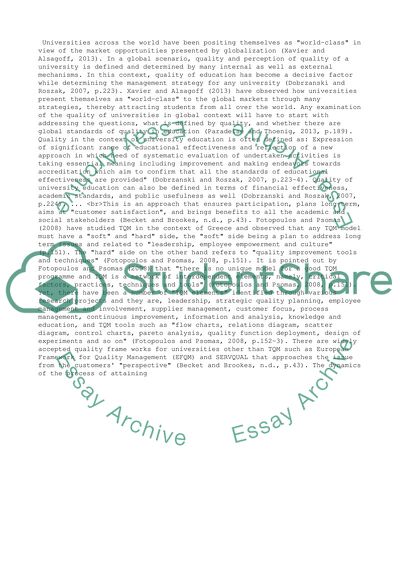Cite this document
(“A global look at quality managemenr in universities Research Paper”, n.d.)
Retrieved from https://studentshare.org/management/1468578-a-global-look-at-quality-managemenr-in-universities
Retrieved from https://studentshare.org/management/1468578-a-global-look-at-quality-managemenr-in-universities
(A Global Look at Quality Managemenr in Universities Research Paper)
https://studentshare.org/management/1468578-a-global-look-at-quality-managemenr-in-universities.
https://studentshare.org/management/1468578-a-global-look-at-quality-managemenr-in-universities.
“A Global Look at Quality Managemenr in Universities Research Paper”, n.d. https://studentshare.org/management/1468578-a-global-look-at-quality-managemenr-in-universities.


